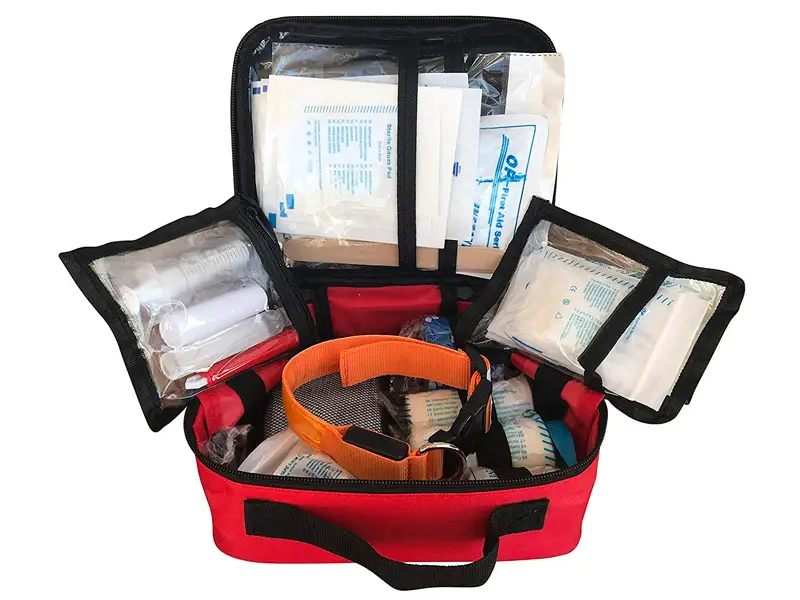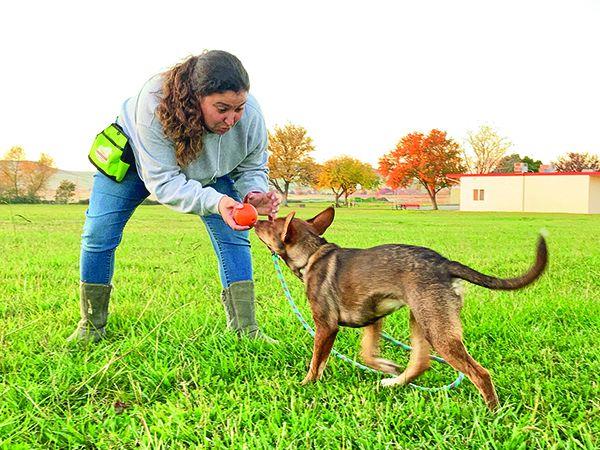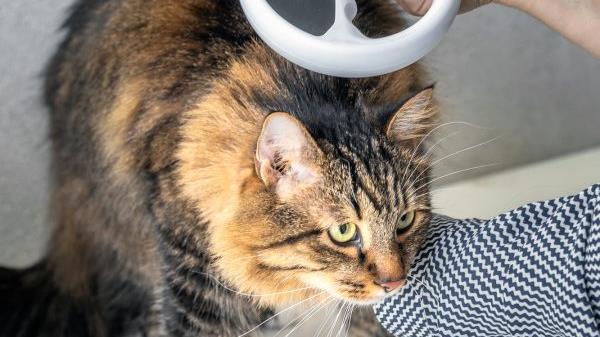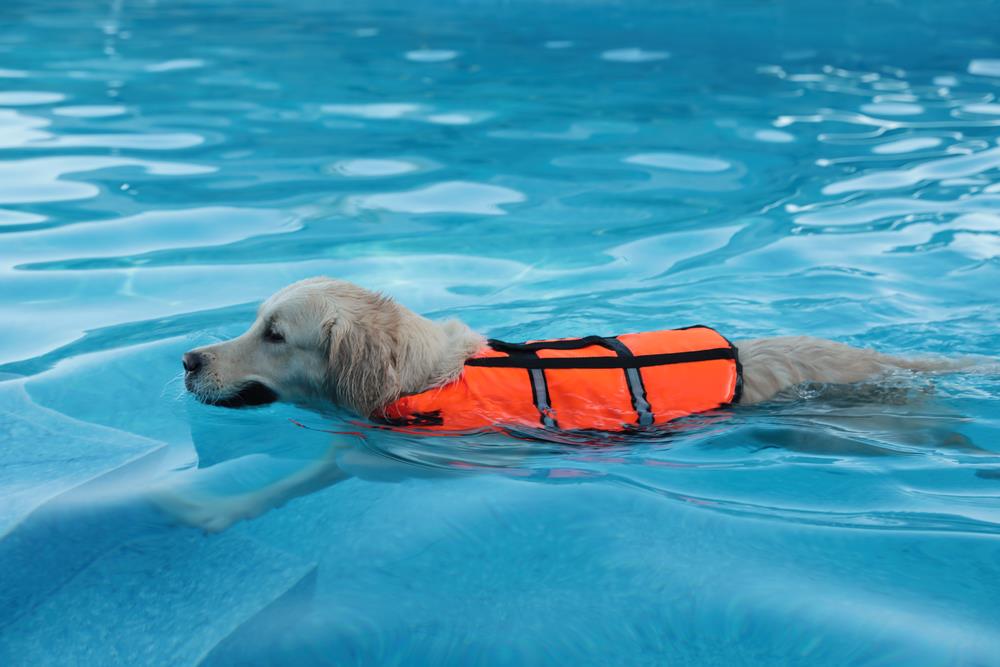Understanding the Importance of an Emergency Plan for Pets
Emergencies are unforeseen events that can cause significant distress to our beloved pets. These may include natural disasters such as bushfires, floods and storms, or domestic incidents like house fires. A significant number of pets are lost or injured during these emergencies each year.
As pet owners, it is our responsibility to ensure the safety of our pets during these critical situations. This is where an emergency plan comes into play. Having a well-prepared strategy significantly increases the chances of safeguarding your pet when disaster strikes. By understanding potential emergencies and creating a comprehensive emergency plan, you can protect your pet from harm and reduce the likelihood of them becoming another statistic.
To properly ensure your pet’s safety, your plan should include necessary items such as food, water, first aid kit, and identification documents. Moreover, remember to regularly update your plan to accommodate any changes in your pet’s health or living conditions.
Identifying Specific Risks in Your Area
Accurately identifying the specific risks pertinent to your region is a fundamental step in creating a robust emergency preparedness plan. Australia’s diverse geographical landscape presents an array of potential hazards such as bushfires, floods, or cyclones. It is therefore crucial to research the common natural disasters or emergencies in your local area to better understand the specific dangers you may face.
Emergency Preparedness for Pets
When considering these potential emergencies, one must not overlook the wellbeing of our pets. They have unique needs that require tailored plans. For example, some animals may become highly stressed during a bushfire or flood, so it’s important to have a plan that prioritises their safety and comfort.
Local Emergency Preparedness Information Resources
To further assist in your emergency planning, make use of local resources providing comprehensive emergency preparedness information. These resources can offer invaluable local insights, making your plan more robust and effective.

Preparing Essential Supplies for Your Pets
When it comes to your furry companions, preparedness is key. An emergency can strike at any time, so having a well-stocked pet emergency kit is vital. This kit should include essential items like food, water, and medication for your pet.
- Food: A two-week supply of your pet’s regular food is recommended. Remember, sudden changes in diet can upset your pet’s stomach.
- Water: It’s crucial to include enough water for your pet, approximately 50ml per kilogram of body weight daily.
- Medication: If your pet is on medication, ensure you have a two-week supply. Don’t forget to rotate these to keep them within their expiry date.
Storing these supplies in an accessible, dry, and cool location is critical. Regularly rotating items out of the kit keeps them fresh and effective. For medications, check the expiry dates and replace as needed. A bi-annual review of the kit is a good practice.

Emergency preparedness not only ensures your pet’s safety but also makes handling emergencies less stressful. By following these steps, you can ensure that you are ready for any situation.
Safe Shelter Options for Your Pets
In crisis situations, ensuring the safety of your furry friends is crucial. It’s vital to know your options for sheltering pets during emergencies. You can create a safe space at home, find pet-friendly shelters or hotels, or use a combination of both.
Creating a Safe Space at Home
Start by designating a safe room in your house, free from hazards such as toxic plants and loose wires. This room should be easily accessible and have sufficient space for your pet’s bed, food, toys, and litter box. Take steps to sound-proof the room if possible, to minimise the stress caused by loud noises.
Finding Pet-Friendly Shelters or Hotels
It’s vital to have a backup plan if you need to evacuate your home. Make a list of local animal shelters and pet-friendly hotels. Some emergency shelters also accept pets, but their rules may vary. Always call ahead to confirm their pet policy.
Emergency Plan for Your Pets
Planning is key. An effective emergency plan includes a safe shelter for your pets, an evacuation route, and an emergency kit with pet supplies.
The Imperative of Training Your Pets for Emergencies
When preparing for emergency situations, your pets’ readiness is as crucial as your own. Pets are often overlooked in emergency planning, which can lead to disastrous outcomes. Training your pets for emergencies not only enhances their safety but also your ability to manage stressful situations effectively.

Essential Commands and Behaviours for Emergencies
Pets should be taught basic commands such as “stay”, “come”, and “go” that can be critical in emergencies. For instance, “stay” can prevent them from running into danger, while “come” can guide them to safety.
Top Tips for Training Pets for Emergencies
Consistency is key when training pets. Use the same commands and reward their correct responses to reinforce learning. Expose them gradually to different emergency scenarios, such as fire or flood drills, to help them adapt without fear. Remember, patience is vital for successful training.

Creating a Pet Evacuation Plan
An effective pet evacuation plan is essential for ensuring the safety of your pets during an emergency. This process involves several crucial steps.
- Identify a safe location: This could be a pet-friendly hotel, an emergency animal shelter or a friend’s house that is out of harm’s way.
- Prepare a pet emergency kit: This should include food, water, medication, and familiar items to reduce stress.
- Ensure your pet can be identified: Microchipping and ID tags can help reunite you with your pet in case of separation.
Practising the evacuation plan with your pets is paramount. Repetition will make the actual evacuation less stressful for them.
Making Evacuation Less Stressful for Pets
Using familiar items such as blankets, toys and treats can make the evacuation less daunting for your pets. Talk to your vet about the possibility of using calming sprays or medication if your pet is particularly anxious.
Remember, the key to a successful pet evacuation is preparation and practice.
Ensuring Your Pet Can Be Identified
Your pet’s identification is a crucial aspect of any emergency plan. In the unfortunate event of your pet getting lost, proper identification can expedite their safe return. There are various methods for identifying your pet, and it’s wise to consider utilising more than one.
Microchipping is a permanent, safe, and reliable form of identification. A microchip is a small device inserted under your pet’s skin. It contains a unique code that can be read by a scanner, providing all the necessary contact information.

Another common form of identification is the use of ID tags attached to your pet’s collar. Tags should include your pet’s name and your contact details. Remember to keep this information up-to-date.
Identification provides a lifeline for lost pets, increasing the likelihood of them reuniting with their owners. It’s essential to regularly review and update your pet’s identification details, ensuring they can always find their way back to you.
Remember, prevention is the best cure. Always keep your pet’s identification updated as part of your emergency plan.
Seeking Professional Advice for Pet Emergency Planning
When it comes to safeguarding your pet’s health, establishing an emergency plan is paramount. One must consult with a veterinarian or pet care professional about emergency planning as soon as possible. These professionals have the requisite knowledge and experience to provide comprehensive advice tailored to your pet’s unique needs.

Importance of Regular Vet Check-ups
Regular vet check-ups play a critical role in keeping pets prepared for emergencies. These visits can identify potential health issues early, ensuring that your pet is physically ready to handle emergencies.
Resources for Pet Care Professionals
There are numerous resources available to find pet care professionals who can assist with emergency planning. Websites such as the Australian Veterinary Association provide a searchable database of licensed vets and pet care professionals in Australia. Utilising these resources can help ensure that your pet receives the best care possible.
.
How to Create an Emergency Plan for Your Pets
Related posts
Recent Posts
- Pet Emergency Preparedness: Ensuring Your Furry Friend’s Safety in a Crisis
- The Importance of Pet Vaccinations: Protecting Your Furry Friends
- Kitten Feeding Guide: Essential Tips for New Cat Owners
- Dangerous Pets: What You Need to Know Before Bringing One Home
- Understanding Pet Loss Grief: Coping with the Loss of a Beloved Animal Companion


